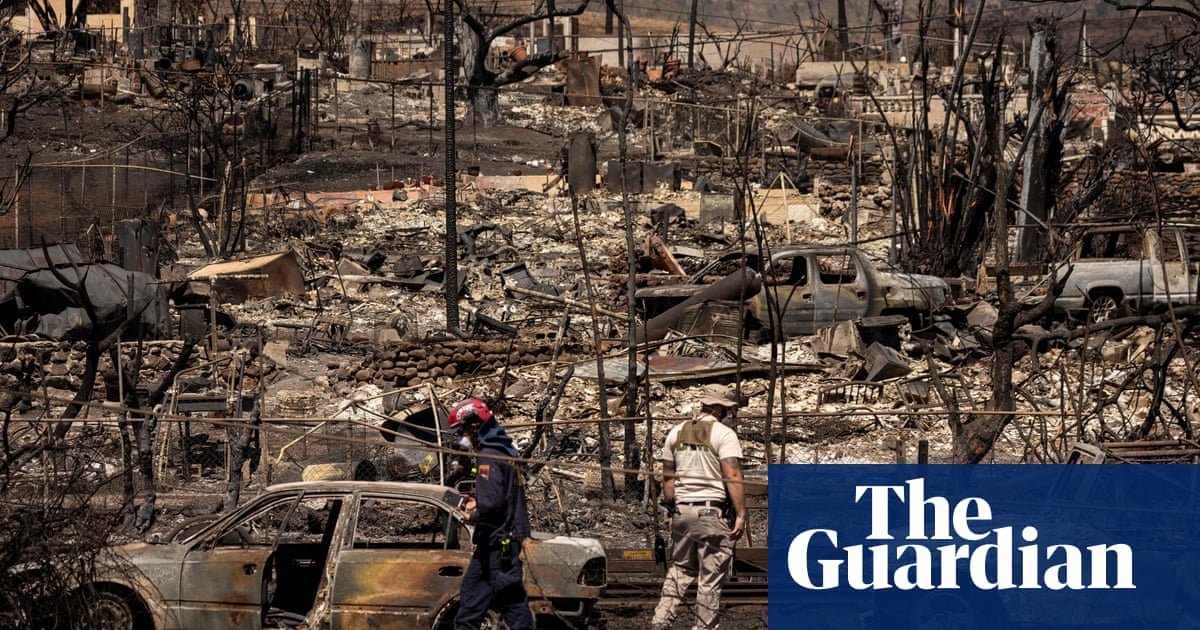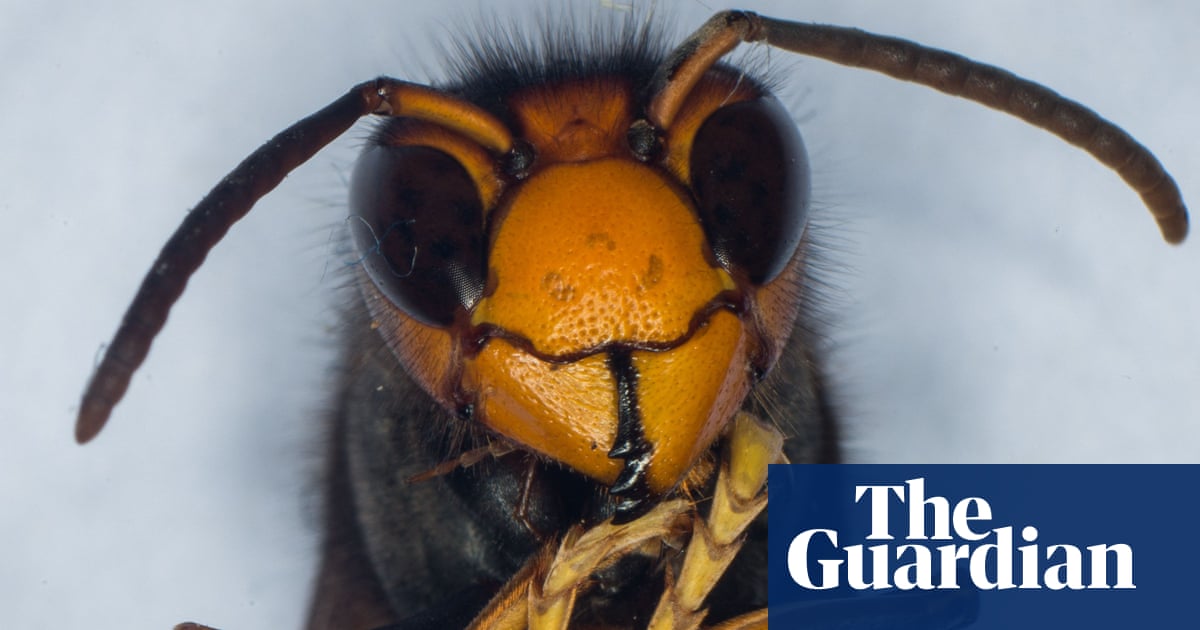
You’ve heard of flash floods but what about flash droughts? Droughts that intensify quickly used to be very rare but over the past 20 years they have become more frequent and intense. And because they come on suddenly, they are more difficult to prepare for.
This year a flash drought dried out grasslands in Hawaii, intensifying the devastating wildfires that swept across the island of Maui. In 2012, at the peak of the corn growing season, a flash drought hit much of the US, resulting in significantly lower crop yields.
Prof Emily Black, from the University of Reading, has been using meteorological data and climate models to better understand the conditions that help to bring about flash droughts, and the impact that the climate crisis will have on their likelihood.
Her findings, which are published in the Advances in Atmospheric Sciences journal, show that flash droughts are usually driven by anomalously low relative humidity and rainfall. Curiously, she found that heatwaves do not cause flash droughts but flash droughts can trigger heatwaves.
The results also show that the climate changes associated with global heating will increase the likelihood of flash droughts in the coming decades, with the most severe changes projected to occur in Europe, the continental US, eastern Brazil and southern Africa.












